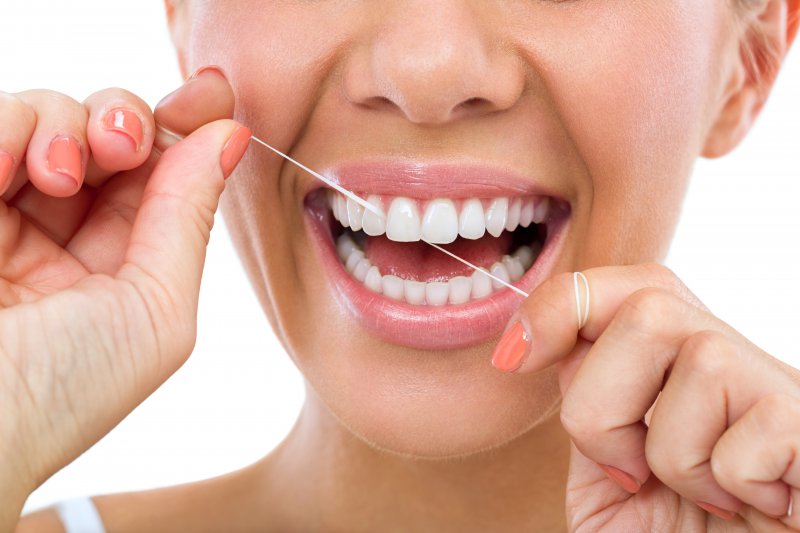
Brushing is an essential part of any oral care routine. It removes plaque and keeps your breath smelling fresh throughout the day. Routine dental visits help you catch early signs of cavities and other gum related diseases, and give your dentist a chance to clean areas of your mouth that you can’t reach. But when was the last time you flossed?
Flossing is habit needed by most and loved by few, according to a periodontist in Frisco. We’ve all heard that it’s an essential part of maintaining healthy teeth and gums. Here’s why!
A Brief Look Inside the Mouth
Plaque bacteria are a normal part of the oral flora. In fact, it’s perfectly normal for many types of bacteria to exist in the mouth. However, that doesn’t mean you should let this bacteria be undisturbed. If left to develop, this plaque bacteria will form mature, complex biofilms on the teeth and gums. Once matured, this plaque becomes very difficult to remove and can even lead to gingivitis and periodontal disease.
What Does Flossing Accomplish?
Many people believe that if they brush thoroughly enough, they don’t need to floss. They assume that because they use additional oral care products like mouthwash, flossing is no longer necessary. However, the reality is flossing is an essential part of plaque control. It’s the main function of targeting the 40 percent of tooth surface that cannot be reached from brushing alone. Even interdental toothbrushes aren’t able to reach these areas, therefore allowing plaque to develop and calcify into tartar.
Flossing does a great job at dislodging food stuck between teeth, which prevents bacteria from festering on them. However, that doesn’t mean you should only floss after a meal or a snack. To keep yourself protected, stop decay and prevent gum inflammation, take note of the following steps.
What is the Proper Way to Floss?
Flossing should be performed at least once a day. A recent study published in the Journal of Periodontology showed a greater reduction in plaque removal when flossing was performed first. While it’s not essential to floss during a specific time of day, flossing before going to bed is the most ideal. Since you’ll have many opportunities to clean your mouth throughout the day, it makes more sense to floss before bed when your mouth is more vulnerable to drying out, allowing bacteria to form and move around more easily. If you find flossing difficult, make sure to choose a floss that smoothly slides in between teeth. You should not be snapping floss in order to remove it, so switch to a thinner floss if necessary.
Start by pulling out 18 to 24 inches of floss and wrap it around each of your index or middle fingers. Then, gently slide the floss in between each tooth, sliding back and forth to remove plaque, bacteria, and food from your mouth. As you begin cleaning the teeth farther back, begin to unwrap floss from one finger so you can reach your molars more easily.
Need additional help honing your flossing technique? Schedule an appointment today to prevent gum disease in Frisco and take care of your oral health!
About the Author
Dr. Zachary Carnow is a board-certified periodontist. After earning his dental degree from the Pacific Arthur A. Dugoni School of Dentistry and working as a general dentist for four years, he decided to obtain his specialty training in Periodontics at Tufts University School of Dental Medicine. To learn more about his practice, you can contact him through his website.
